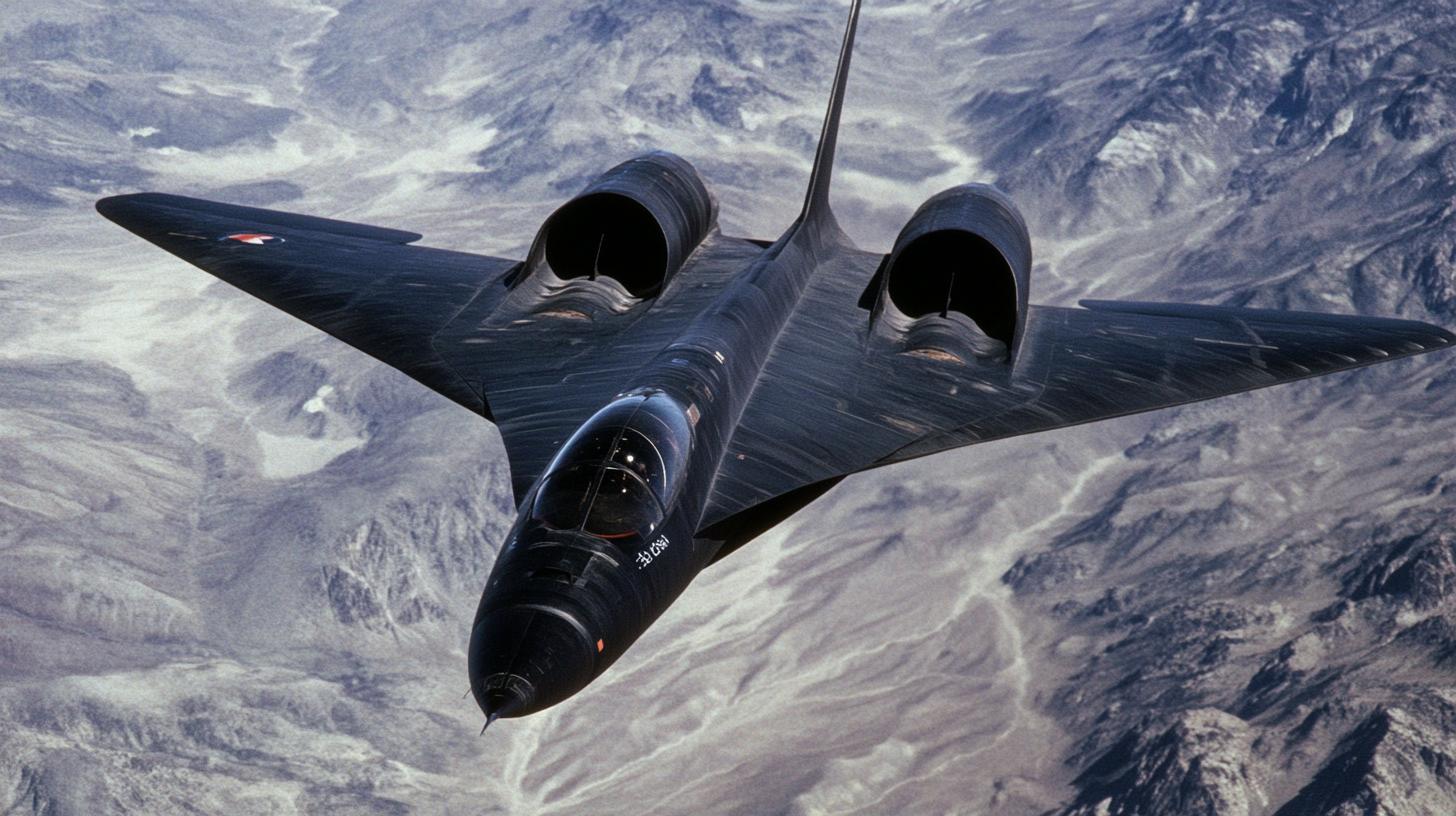The SR-72, often referred to as the “Son of the Blackbird,” is not just a concept of the future; it represents a bold leap into the next generation of hypersonic travel. Developed by Lockheed Martin’s Skunk Works, the SR-72 promises to revolutionize the aviation industry with speeds potentially reaching Mach 6—six times the speed of sound.
What’s New about the SR-72? Unlike its iconic predecessor, the SR-71 Blackbird, which was designed for reconnaissance during the Cold War, the SR-72 is being developed with advanced strike capabilities and intelligence collection in mind. The use of cutting-edge scramjet technology allows this aircraft to operate at incredibly high speeds, making it nearly impossible to intercept. This provides unprecedented opportunities for rapid, long-distance travel and strategic defense applications.
Implications for the Future The introduction of the SR-72 could usher in a new era of hypersonic technology, with potential civilian and military applications. Commercial travel could see dramatic reductions in flight times, making long-distance journeys almost instant, while militaries may utilize such technology for rapid deployment and reconnaissance missions.
As this remarkable aircraft edges closer to reality, it opens the door to discussions about the future of aviation and raises questions about international regulations and airspace management. The SR-72 not only challenges current technological limits but also encourages a reevaluation of how fast—and how far—we can travel.
Is the SR-72 a Game-Changer in Hypersonic Travel?
In the fast-evolving world of aviation, the SR-72 promises more than just record-breaking speeds; it heralds a transformation in how we understand the capabilities of future aircraft. While the known aspects focus on its military applications and potential civilian impact, there are unseen elements at play that could reshape logistics, emergency response, and even international relations.
Revolutionizing Rescues and Deliveries
Imagine emergency medical supplies or rescue teams reaching their destinations in mere hours regardless of distance. The adaptability of hypersonic travel can revolutionize global logistics, creating a ripple effect in industries reliant on rapid delivery. Could this speed shift result in reshaped business models where time is paramount?
Environmental Controversies
While speed captures headlines, environmental considerations might spark scrutiny. The energy requirements for achieving Mach 6 raise concerns about carbon emissions and sonic booms’ impact on communities. Is the aviation industry ready for potential backlash from environmental groups? The technology could face stringent regulations, slowing its introduction.
Security Advantages & Concerns
On the military front, this groundbreaking aircraft offers an advantage, yet it also raises questions about escalating global arms races. Can international treaties adapt quickly to these new technologies, or will we see an uptick in global tensions as countries aim to match capabilities?
The SR-72 is not just another aircraft; it’s a linchpin in discussions about humanity’s pace of progress. With its advantages come critical evaluations of its place in our world. For more, visit Lockheed Martin and Nasa for insights into hypersonic advancements.







